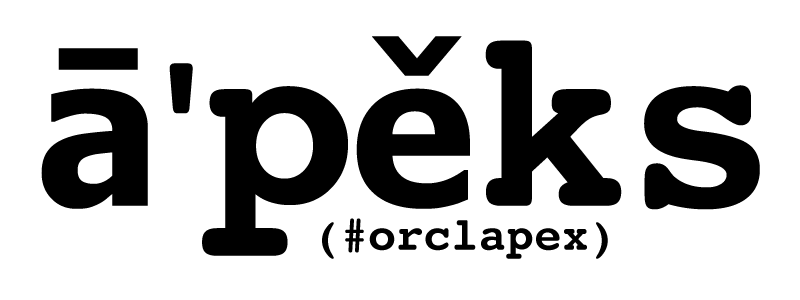This problem is now corrected in Application Express 3.2.1. The full download from OTN has been updated with this new file as well as the Application Express 3.2.1 patch set on Oracle MetaLink (Patch Number 8548651). The file that has been updated is /images/flashchart/swf/AnyChart.swf, and this would need to be replaced in your current images directory for Application Express 3.2.1. This has also been corrected on http://apex.oracle.com.
If you have already installed/upgraded to Application Express 3.2.1 and you want to get this new file:
- Download the Application Express 3.2.1 patch set from MetaLink and apply it to your Application Express 3.2.1 instance. If you're running the XDB HTTP Protocol Server/embedded PL/SQL Gateway, all you'll really need to do is run the SQL script apxldimg.sql to restage all of the files in the /images/ directory in XDB. If you're using Oracle HTTP Server, then you can just simply copy the updated /images/flaschart/swf/AnyChart.swf file to your existing /images/ directory.
- If you don't have access to MetaLink, then you'll need to download the full Application Express 3.2.1 distribution and put this new AnyChart.swf file in place - either in XDB or in your existing /images/ directory.
Unfortunately, Oracle Database 11gR2 11.2.0.1 will continue to ship with this previous AnyChart.swf file, and if you wish to use the maps or Gantt charts, you'll need to download the Application Express 3.2.1 patch set from Oracle MetaLink and apply it.
There is no declarative interface in Application Express 3.2.1 to create maps or Gantt charts. You'll need to understand their respective APIs to be able to use these components in your Application Express application. But the maps and Gantt charts are included in the license for Application Express 3.2.1. The declarative interface to maps and Gantt charts is coming in Application Express 4.0, and you'll be able to see this in action at Oracle Open World 2009.
